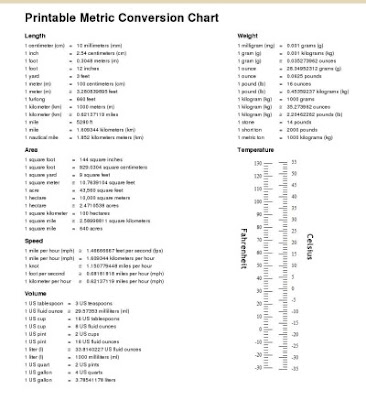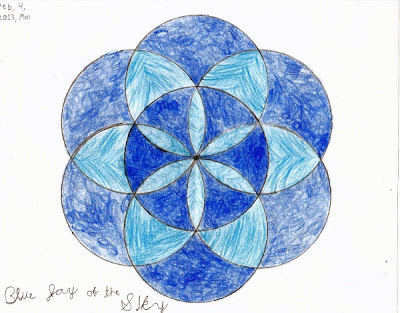Let It Make Sense
I've seen homeschooling blogs lately filled with seven habits of highly effective school year... so I thought of doing something similar, basically just by myself, about math teaching. You know, Seven (?) Habits of Highly Effective Math Teaching.
And I'm going to take these one by one so you have better chance to think about these. And I'm not even sure if I'll get to seven! Anyway...
Habit 1: Let It Make Sense
Let us strive to teach for understanding of mathematical concepts and procedures, the "why" something works, and not only the "how".
This understanding, as I'm sure you realize, doesn't always come immediately. It may take even several years to grasp a concept. For example, place value is something kids understand partially at first, and then that deepens over a few years.
This is why many math curricula use spiraling: they come back to a concept the next year, and the next. And this can be very good if not done excessively (like for 5-6 years is probably excessive).
However, spiraling also has its own pitfalls: if your child doesn't get a concept, don't blindly "trust" the spiraling and think, "Well, she gets it the next year when the book comes back around to it."
The next year's schoolbook won't necessarily present the concept at the same level - the presentation might be too difficult. If a child doesn't "get it", they might need a very basic instruction for the concept again.
The "how" something works is often called procedural understanding: the child knows how to work long division, or the procedure of fraction addition or fraction division, for example. It is often possible to learn the "how" mechanically without understanding why it works. Procedures learned this way are often forgotten very easily.
The relationship between the "how" and the "why" - or between procedures and concepts - is complex. One doesn't always come totally before the other, and it also varies from child to child.
You can try alternating the instruction: teach how to add fractions, and let the student practice. Explain why it works. Go back to some practice. Back and forth. Sooner or later it should 'stick' - but it might be next year instead of this one, or after 6 months instead of in this month.
As a rule of thumb, don't totally leave a topic until the student both knows how, and understands the 'why'.
Tip: you can often test a student's understanding of a topic by asking HIM to produce an example, preferably with a picture or other illustration: "Tell me an example of multiplying fractions by whole numbers, and draw a picture." Whatever gets produced can tell the teacher a lot about what has been understood.
See also
7 (?) Habits of Highly Effective Math Teaching:
Part 2: Remember the Goals
Part 3: Know Your Tools
Part 4: Living and Loving Math
Tags: math, teaching
And I'm going to take these one by one so you have better chance to think about these. And I'm not even sure if I'll get to seven! Anyway...
Habit 1: Let It Make Sense
Let us strive to teach for understanding of mathematical concepts and procedures, the "why" something works, and not only the "how".
This understanding, as I'm sure you realize, doesn't always come immediately. It may take even several years to grasp a concept. For example, place value is something kids understand partially at first, and then that deepens over a few years.
This is why many math curricula use spiraling: they come back to a concept the next year, and the next. And this can be very good if not done excessively (like for 5-6 years is probably excessive).
However, spiraling also has its own pitfalls: if your child doesn't get a concept, don't blindly "trust" the spiraling and think, "Well, she gets it the next year when the book comes back around to it."
The next year's schoolbook won't necessarily present the concept at the same level - the presentation might be too difficult. If a child doesn't "get it", they might need a very basic instruction for the concept again.
The "how" something works is often called procedural understanding: the child knows how to work long division, or the procedure of fraction addition or fraction division, for example. It is often possible to learn the "how" mechanically without understanding why it works. Procedures learned this way are often forgotten very easily.
The relationship between the "how" and the "why" - or between procedures and concepts - is complex. One doesn't always come totally before the other, and it also varies from child to child.
You can try alternating the instruction: teach how to add fractions, and let the student practice. Explain why it works. Go back to some practice. Back and forth. Sooner or later it should 'stick' - but it might be next year instead of this one, or after 6 months instead of in this month.
As a rule of thumb, don't totally leave a topic until the student both knows how, and understands the 'why'.
Tip: you can often test a student's understanding of a topic by asking HIM to produce an example, preferably with a picture or other illustration: "Tell me an example of multiplying fractions by whole numbers, and draw a picture." Whatever gets produced can tell the teacher a lot about what has been understood.
See also
7 (?) Habits of Highly Effective Math Teaching:
Part 2: Remember the Goals
Part 3: Know Your Tools
Part 4: Living and Loving Math
Tags: math, teaching


Comments
Basic Skills Versus Conceptual Understanding - A Bogus Dichotomy in Mathematics Education
Very good one to read!
I visit your weblog. It`s good.
an IRANIAN student of Mathematics.
http://engmmajidee.blogfa.com